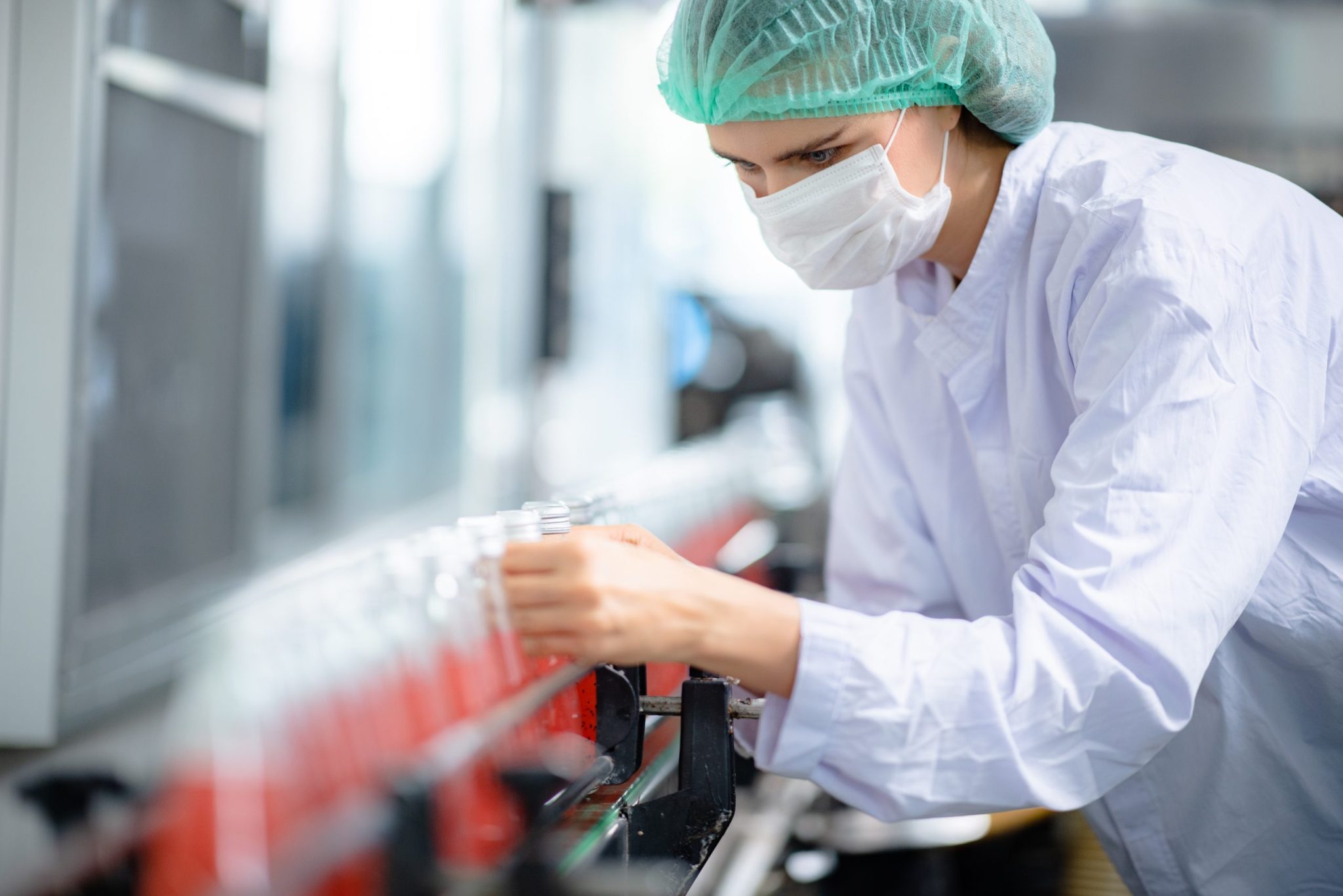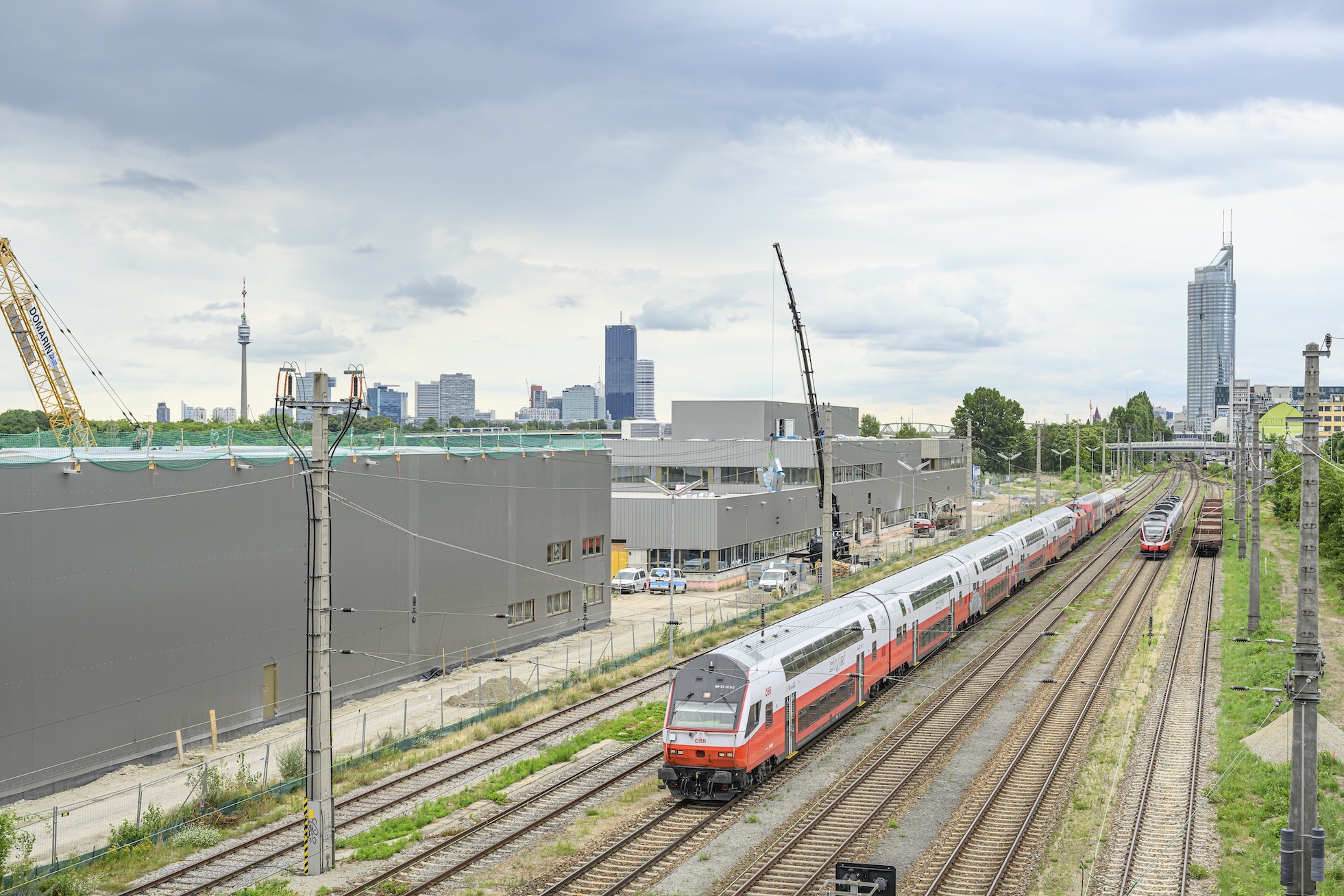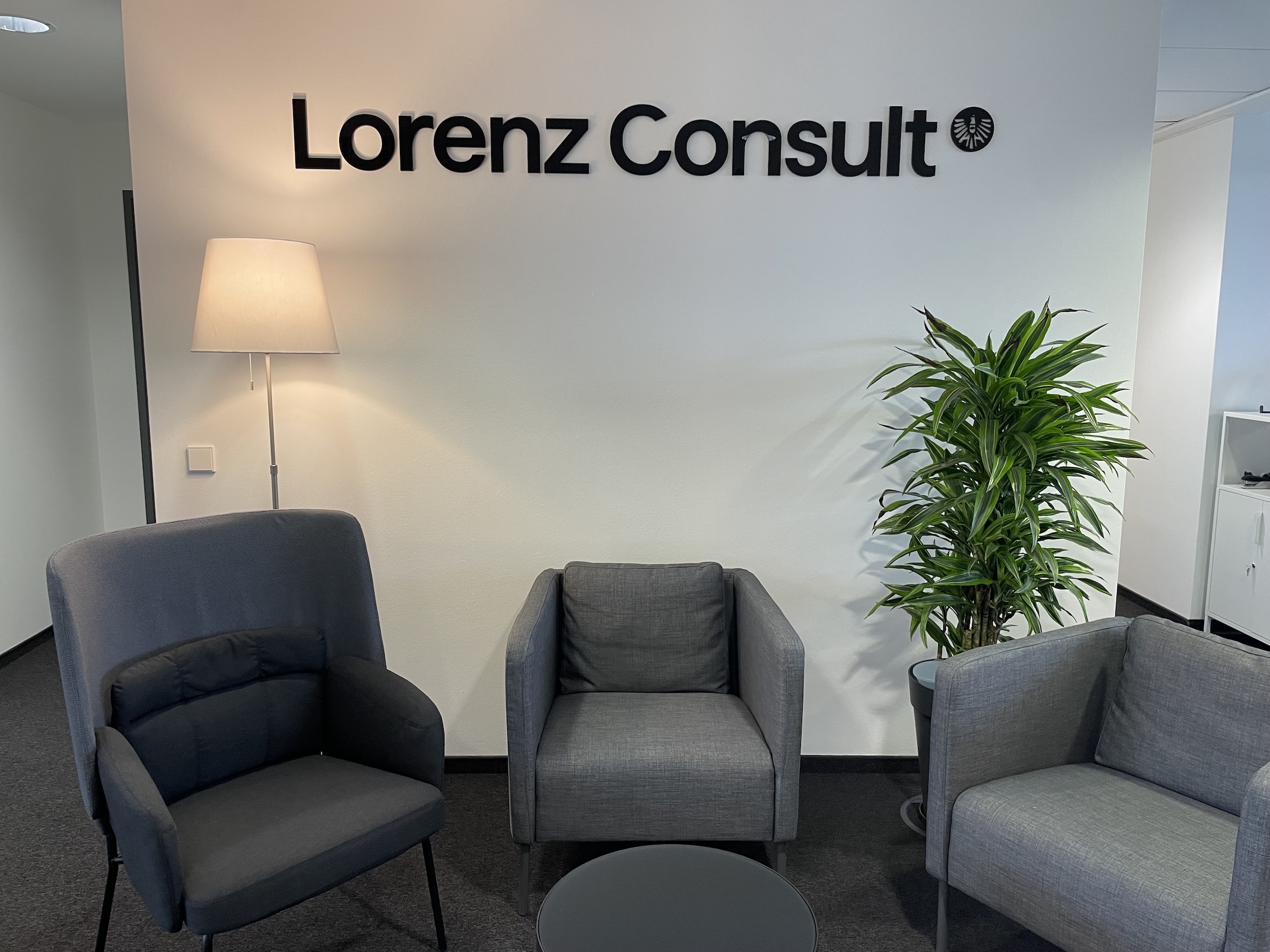Trend: Fresh, Organic, and Unprocessed Foods
An increasing number of people are preferring organic and unprocessed foods. This current food trend has significant implications for cleanroom requirements in the food industry to meet the necessary safety and quality standards. This requires enhanced hygiene measures. To avoid contamination, cleanrooms must meet stricter standards regarding air quality, surface materials, and cleaning protocols. The diversification of product lines calls for flexible cleanrooms that can easily adapt to different production processes and sizes. The digitalization and automation of food production necessitate the integration of state-of-the-art technologies into cleanrooms. Automated cleaning systems and monitoring technologies are essential to ensure efficiency and hygiene. From a sustainability perspective, it is crucial that cleanrooms are energy-efficient, impacting both HVAC systems and the materials and construction methods used. Properly trained personnel are required for handling specialized food forms, meaning that cleanrooms should be designed to support workflows and training processes.
Trend: Plant-Based Products
According to the Future Institute, this is an industry that is still in its early stages. Plant-based alternatives are being made into products that closely resemble meat or fish. Large food companies have already been launching their private labels in this market. With the rise of plant-based products, specific challenges arise in cleanroom planning: plant-based products may contain allergens that need to be controlled during production. Cleanrooms must be designed to avoid cross-contamination, which brings particular demands for material selection and cleaning systems. The use of various plant-based raw materials requires different, flexible production lines. Cleanrooms must be adaptable to efficiently process these products. Many plant-based products also need specific conditions in terms of temperature and humidity management. Additionally, plant-based products often have shorter shelf lives and require special packaging and storage conditions. Hygienic areas for storage and packaging must be integrated. Residues from ingredients, such as legumes, necessitate increased and thorough cleaning processes and cycles. Sustainable production of plant-based products requires efficient resource usage.
Trend: Sustainability
Re-use Food, Zero Waste, or Circular Food are also food trends for 2025. All of these trends aim for sustainability in the entire food sector. However, this doesn’t only concern consumers but also the food industry and production. The Circular Food trend focuses on a new perspective on food. In production, no longer is there a distinction between main and side products. Components of raw materials that are not used in the processing of certain foods (such as shells, seeds, pomace, etc.) are seen as valuable resources and reintroduced into the biological cycle. This also requires appropriate storage options, which must be factored into the planning. Sustainability, therefore, significantly influences cleanroom planning. Energy-efficient systems, including modern HVAC systems that minimize energy consumption, as well as thoughtful water and waste management, should be implemented. Additionally, environmentally friendly, recyclable materials should be used. To reduce lifecycle costs, it is important to focus on durable and easy-to-maintain materials and systems.
Trend: Innovative Food Production Processes
Food manufacturers have developed various innovative processes for cleanroom production to meet the growing demands for hygiene, quality, and efficiency: High-Temperature Short-Time (HTST) processing rapidly heats food to kill microorganisms without compromising nutrients or taste. Microbial fermentation uses specific microbes in cleanrooms for controlled fermentation processes to improve quality and nutritional value. Cryoconservation is a process in which food is frozen at extremely low temperatures to preserve freshness and nutrients. Spray drying breaks liquid into fine droplets and dries them in a hot air stream, resulting in powdered food products with long shelf lives. 3D food printing, such as for plant-based fish alternatives, builds food products layer by layer into three-dimensional objects. Cleanrooms provide the necessary hygiene and precision for this process. Innovative methods are also producing intelligent packaging that extends freshness or provides information about the product’s condition. Automated cleaning systems use technologies like robotics or UV light to efficiently clean cleanrooms.
“The requirements for cleanrooms in the food industry have changed significantly over the last 15 years. Stricter hygiene and safety standards, technological advances such as automated cleaning systems and monitoring technologies, the increasing demand for flexible and modular cleanroom systems, specific adaptations due to the expanded product range such as plant-based products, and the trend towards sustainability are shaping development. By considering these aspects in the planning process, cleanrooms can meet current trends while maintaining the highest safety and quality standards,” says Christian Lorenz.
Photo Caption: Cleanrooms in the Focus of Current Food Trends 2025.
Photo Credit: © Lorenz Consult ZT GmbH
Photo Caption: Christian Lorenz, Managing Director of Lorenz Consult.
Photo Credit: © Jürgen Skarwan, Lorenz Consult ZT GmbH
About Lorenz Consult
The civil engineering firm for construction was founded in 1972 by DI Werner Lorenz. In 2000, his son DI Christian Lorenz joined the company, and today, he leads it in the second generation. The over 60 employees cover all construction-specific planning and supervision services in the fields of healthcare facilities, cleanrooms for pharmaceuticals, food, and electronics, industrial and steel construction, as well as planning technology 5D-BIM and digitalization in construction. In the field of BIM, Lorenz Consult is considered a pioneer. The headquarters are in Graz, with branches in Vienna, Linz, and Villach, and a partner office in Berlin. Projects are carried out worldwide, including in the USA, with Lorenz Consult having a strong presence in the DACH region. In 2023, Lorenz Consult generated a revenue of 12.4 million euros.
www.lorenz-consult.at
For Inquiries:
Dr. Alexandra Vasak, Reiter PR
+43 699 120 895 59
alexandra.vasak@reiterpr.com
Praterstraße 1 | 1020 Vienna


